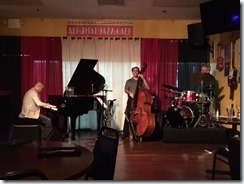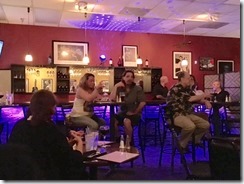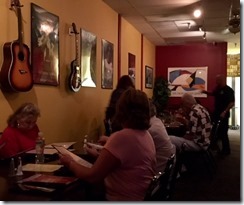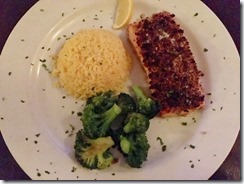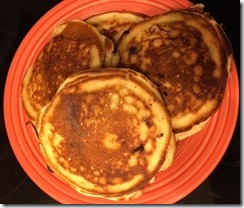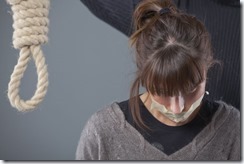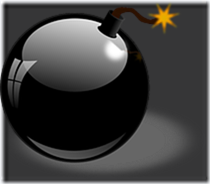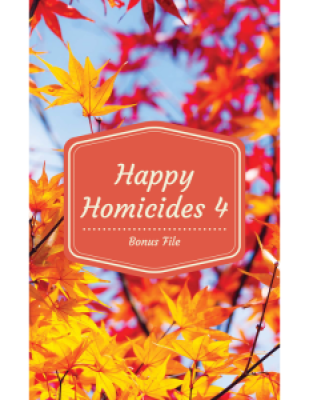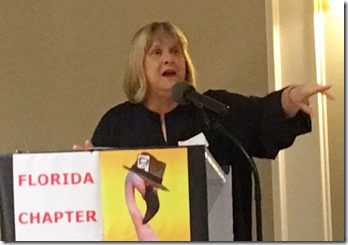Let’s welcome Christa Nardi, author of the Cold Creek cozy mystery series.
Why did you choose to write in the mystery genre?
As a reader, I’ve always loved mysteries. I am a big fan of cozy mysteries in particular, although I do like romantic suspense as well.
Tell us about your story and the setting.
The Cold Creek series is set in a fictitious small town in Virginia, centered around a private four-year college. For Murder in the Theater, the murder takes place in a nearby small town, Altavista, at a community theater. The victim is the Director of the holiday production of “A Christmas Carol” and his personality is reminiscent of Scrooge. There are many possible characters with motive, but Sheridan (protagonist) has vested interests in proving the accused innocent.
What are the traits of your main character?
Sheridan Hendley (protagonist) is a smart, independent female character; she is educated, middle-aged, and divorced. She’s a professor and a psychologist – she looks at problems very analytically. In the first book of the series, she is told to help the detective assigned to the murder of her colleague. Her natural curiosity, and her ability to draw connections between people set the stage for her amateur sleuthing.
Did you do any special research for this book?
Yes, I did. I investigated Virginia Hate Crime laws, the mechanics of a blow out, and distance/time information. I also researched the history of community theaters. Probably the most interesting was the information on hate crimes and finding out that the laws (what constitutes a hate crime) varies by state.
What do you like best about a writing career? The least?
I enjoy coming up with ideas and having the freedom to put those ideas together however I please, change them around, and see what comes out. I can write in my pajamas or all dressed up. In many ways I find writing relaxing and exciting. The downside? The times when the story’s not quite coming together.
Are you a plotter or pantser?
More pantser than plotter. I start off with a basic idea of the plot, write some scenes that go with my initial idea, and go from there. When I get stuck or something doesn’t seem to work, I backtrack and create a plot line from what I have – sometimes throwing out parts or rewriting – to figure out the next steps. The fun part is that when I start writing, I know who gets killed, I have an idea of the motive, but I haven’t decided who did the deed yet.
Do you set a daily schedule or wing it?
I work full-time so my writing schedule varies. I have established specific times when I can write for about 2-3 hours without interruption over the weekend, but otherwise I wing it. On the positive side, when I’ve put down the work for a while, it forces me to start reading from the beginning again. Sometimes that provides momentum and direction (or re-direction) for the story.
What do you plan to write next?
I plan to work on Book 5 of this series starting this fall. I only have a vague idea right now where that one will go. I am working on a new series right now, also mystery, but young adult. We’ll see how that works out.
Do you have any special interests outside of writing?
Reading? I read constantly – usually mystery or romance. I also enjoy dance and theater, though I am not talented in either. I love to travel, most recently to Barcelona.
What advice do you have for aspiring authors?
Write, write, and write. There are many author groups locally or regionally with workshops and most are very supportive. Be prepared to throw out whole parts and start over. Get lots of feedback. Then write some more.
<><><>
Murder in the Theater
 The drama program has never been so dramatic.
The drama program has never been so dramatic.
It’d be the season to be jolly if only someone hadn’t set the stage for murder. When a student is arrested for the crime, Professor Sheridan Hendley is cast in the role of amateur sleuth. Tensions run high, friendships are strained, and the college administration is beginning to panic. As the plot thickens Sheridan is yet again drawn deeper into danger. Will she find the truth before the final curtain call?
Cold Creek Series Book 4, Murder in the Theater by Christa Nardi, is another great cozy mystery.
BUY NOW ON AMAZON
Books in the Cold Creek Series
MURDER AT COLD CREEK COLLEGE
MURDER IN THE ARBORETUM
MURDER AT THE GRILL
MURDER IN THE THEATER
For more information on the Cold Creek Series:
http://christanardi.blogspot.com/p/cold-creek-series.html
https://www.facebook.com/ColdCreekSeries/?ref=aymt_homepage_pane
Meet Christa Nardi
 Christa Nardi is and always has been an avid reader. Her favorite authors have shifted from Carolyn Keene and Earl Stanley Gardner to more contemporary mystery/crime authors over time, but mystery/crime along with romance are her preferred choices for leisure reading.
Christa Nardi is and always has been an avid reader. Her favorite authors have shifted from Carolyn Keene and Earl Stanley Gardner to more contemporary mystery/crime authors over time, but mystery/crime along with romance are her preferred choices for leisure reading.
Christa also has been a long time writer from poetry and short stories to the Cold Creek series, Christa has joined many other reader/writers in writing one genre she enjoys reading – the cozy mystery. Christa Nardi is a pen name for a real life professor/psychologist from the Northeast.
Stay in touch with Christa:
https://www.facebook.com/christa.nardi.5
https://twitter.com/ChristaN7777
http://www.amazon.com/-/e/B00G8SBCKK
https://www.goodreads.com/author/show/7257539.Christa_Nardi
CONTEST ALERT!
Enter Christa’s giveaway for a $25 Amazon gift card and a copy of Murder in the Theater. Click Here to Enter
Save
Save










